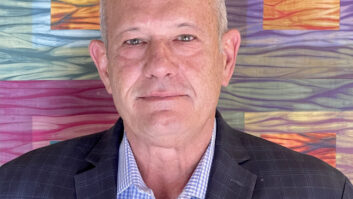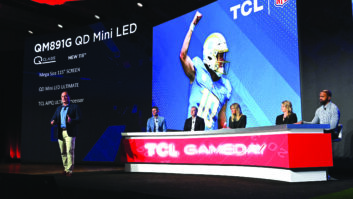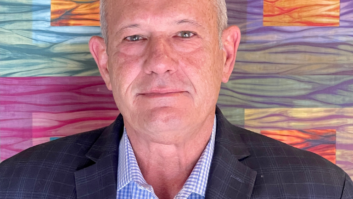SAN DIEGO —
The Consumer Electronics Association
(CEA) honored the 11 members of the CE Hall of Fame
class of 2011 during a dinner and awards ceremonies
at the CE Industry Forum, here, Oct. 25.
Eight of the 2011 class were in attendance, and all
had personal comments about their careers to make
this, as usual, one of the best events on the CE industry
calendar every year.
The award winners and some of their acceptance
comments are as follows:
Ralph Baer,
who developed the Brown Box and the
Magnavox Odyssey interactive TV/video gaming systems,
said he is still active in the toy and related industries
and is still getting licensing fees.
Dr. Fujio Masuoka
invented flash memory while at
Toshiba and also developed SAMOS memory;.
Dr. Robert Metcalf
was working at Xerox PARC in
1973 when he co-invented Ethernet — a standard for
connecting computers over short distances.
Claude Elwood Shannon
(1916-2001) is credited
with founding both digital computer and digital circuit
design theory in 1937.
Dr. Andrew Viterbi
invented the Viterbi algorithm used
for decoding encoded data that is used in cellphones for
error correcting codes, as well as for speech recognition,
and other applications. Viterbi spoke mostly about
Shannon, saying in effect, based on his work, he wouldn’t
be here. Gary Shapiro, CEA’s president/CEO, remarked
about Viterbi’s gracious and humble speech.
Eli Harari
was co-founder and former CEO of SanDisk,
which invented or co-developed many of the standard
memory card formats used in CE products ranging
from digital cameras to smartphones. He remarked
that the 50,000 times cost reduction of flash memory
over 20 years would be like “a $2,500 1991 computer
costing 5 cents now.”
Stanley S. Hubbard
, whose company, Hubbard
Broadcasting, started U.S. Satellite Broadcasting
(USSB) in 1981, was instrumental in the development
and launching of the first digital satellite system for
television in 1994. Hubbard thanked his family, said
he “never expected to be in a Hall of Fame with Thomas
Edison,” and remembered the days when DBS meant
“Don’t Be Stupid” to some.
Sam Runco
was founder and CEO of Runco International,
the first company to introduce a line doubler with
a multi-frequency projector in 1990 as well as the first
multiple-aspect-ratio controller, the ARC-IV, to the highend
home theater market. Runco said he was, “Happy to
be honored while I’m still alive!” And noted he was happy
to live long enough to “see the fruit of our labors, HDTV.”
Sandy Bloomberg
founded Tweeter, the specialty
consumer electronics retail chain that marketed highend
electronics products. He talked about the early
days of the chain in the 1960s where people came
in, bought audio equipment, “loved music, brought
it home, probably got stoned and played it loud.” To
which Shapiro retorted, “Thank you for explaining why
we call [the category] high-end audio.”
The team of
Ivan Berger and Lance Braithwaite
worked together at Berger Braithwaite Labs/Video
Magazine (Sound & Vision Magazine) and wrote extensive
product reviews. Berger, an audio expert, and
Braithwaite, a video analyst, put their bylines together
back in 1979 at the suggestion of Berger, “which was
the best idea I ever had” and the arguments he originally
had with Braithwaite were good ones because, “both of
us learned something” about each other’s views and expertise.
Braithwaite, the son of a lawyer and the more
technical type, said he found out in the early years he
didn’t have to write like a lawyer, but had to explain in
simple, straightforward terms how equipment worked
and what value it might be for consumers.













